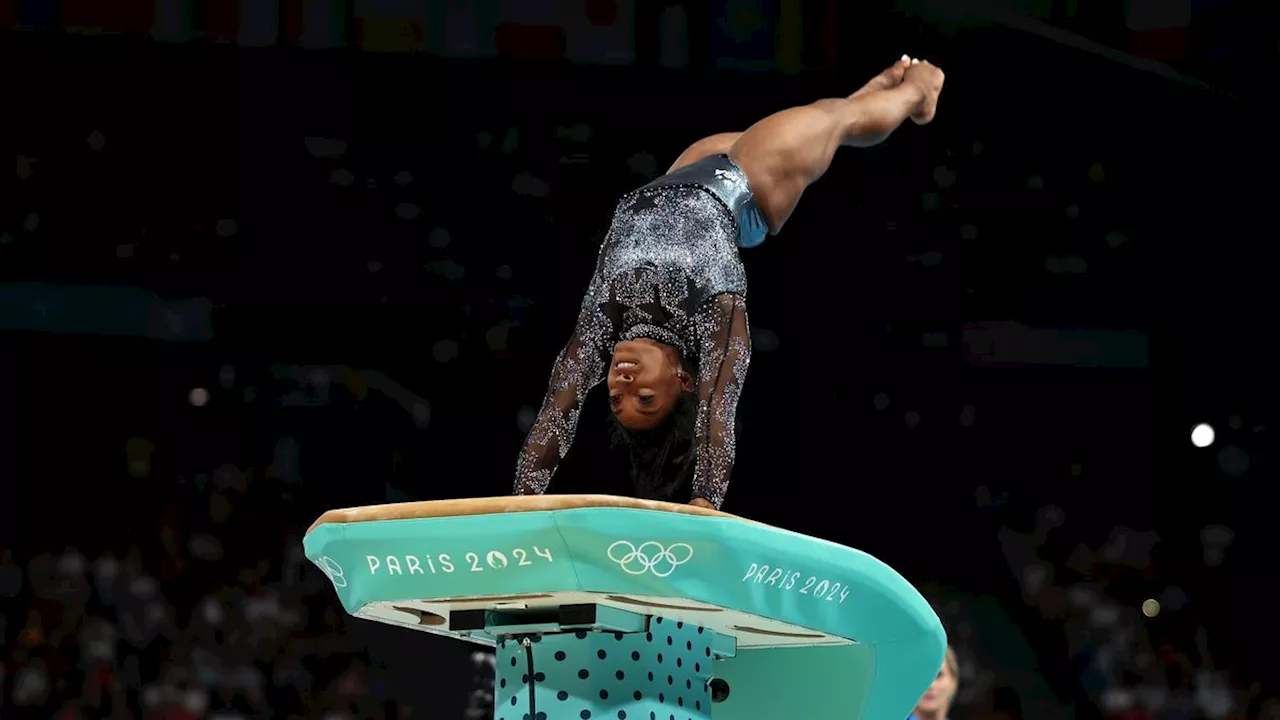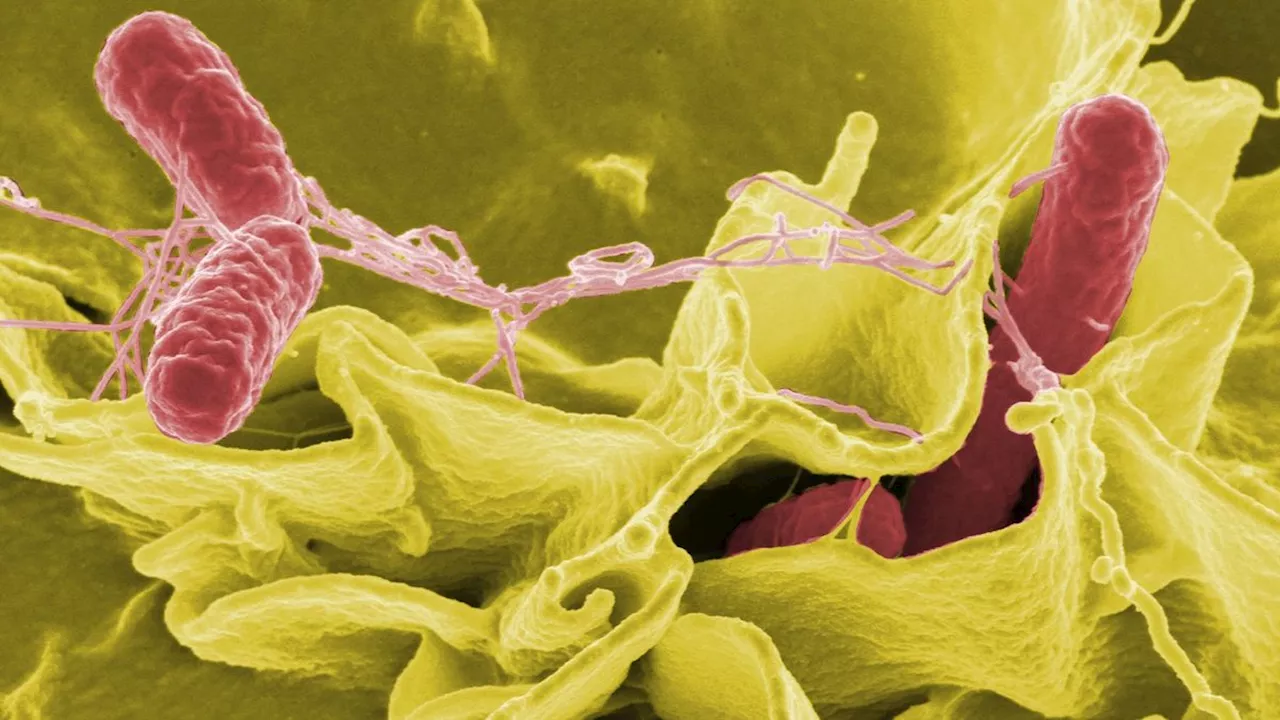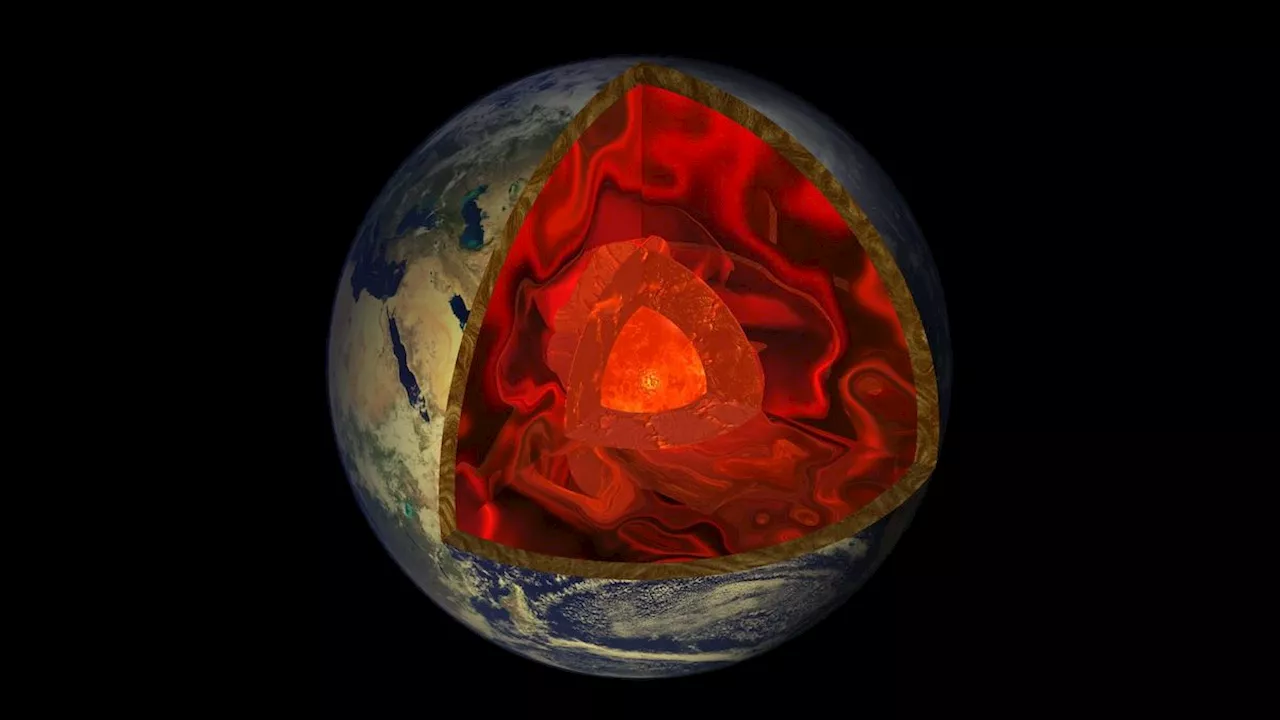Stephanie Pappas is a contributing writer for Live Science, covering topics ranging from geoscience to archaeology to the human brain and behavior.
Researchers have developed a hair-thin battery that can power robots no larger than the dot at the end of this sentence.
"The marionette systems don’t really need a battery because they’re getting all the energy they need from outside," study senior author Michael Strano, a chemical engineer at MIT, said in a statement."But if you want a small robot to be able to get into spaces that you couldn’t access otherwise, it needs to have a greater level of autonomy. A battery is essential for something that’s not going to be tethered to the outside world.
The batteries are made by a process called photolithography, which uses light-sensitive materials to transfer nanometer-sized patterns onto silicon wafers. This method is commonly used to make semiconductors. It can quickly"print" 10,000 batteries per silicon wafer, Strano and his colleagues reported Aug.14 in the journal Science Robotics.
They also used the batteries to power a clock circuit, enabling robots to track time, and to power two nano-sized sensors, one made of carbon nanotubes and the other of molybdenum disulfide. Microsensors like these could be released into pipelines or other hard-to-reach places to detect leaks, according to the researchers.
United States Latest News, United States Headlines
Similar News:You can also read news stories similar to this one that we have collected from other news sources.
 'Brain-eating' amoebas kill nearly 100% of victims. Could new treatments change that?Stephanie Pappas is a contributing writer for Live Science, covering topics ranging from geoscience to archaeology to the human brain and behavior.
'Brain-eating' amoebas kill nearly 100% of victims. Could new treatments change that?Stephanie Pappas is a contributing writer for Live Science, covering topics ranging from geoscience to archaeology to the human brain and behavior.
Read more »
 'Simone is a very, very rare bird': Experts discuss the science behind Simone Biles' gymnastic prowessStephanie Pappas is a contributing writer for Live Science, covering topics ranging from geoscience to archaeology to the human brain and behavior.
'Simone is a very, very rare bird': Experts discuss the science behind Simone Biles' gymnastic prowessStephanie Pappas is a contributing writer for Live Science, covering topics ranging from geoscience to archaeology to the human brain and behavior.
Read more »
 Sapphires form inside the fiery hearts of volcanoes, not deep in the mantle like we thoughtStephanie Pappas is a contributing writer for Live Science, covering topics ranging from geoscience to archaeology to the human brain and behavior.
Sapphires form inside the fiery hearts of volcanoes, not deep in the mantle like we thoughtStephanie Pappas is a contributing writer for Live Science, covering topics ranging from geoscience to archaeology to the human brain and behavior.
Read more »
 Scientists drill longest-ever piece of Earth's mantle from underwater mountain near 'Lost City'Stephanie Pappas is a contributing writer for Live Science, covering topics ranging from geoscience to archaeology to the human brain and behavior.
Scientists drill longest-ever piece of Earth's mantle from underwater mountain near 'Lost City'Stephanie Pappas is a contributing writer for Live Science, covering topics ranging from geoscience to archaeology to the human brain and behavior.
Read more »
 10 of the deadliest superbugs that scientists are worried aboutStephanie Pappas is a contributing writer for Live Science, covering topics ranging from geoscience to archaeology to the human brain and behavior.
10 of the deadliest superbugs that scientists are worried aboutStephanie Pappas is a contributing writer for Live Science, covering topics ranging from geoscience to archaeology to the human brain and behavior.
Read more »
 Weird mystery waves that baffle scientists may be 'everywhere' inside Earth's mantleStephanie Pappas is a contributing writer for Live Science, covering topics ranging from geoscience to archaeology to the human brain and behavior.
Weird mystery waves that baffle scientists may be 'everywhere' inside Earth's mantleStephanie Pappas is a contributing writer for Live Science, covering topics ranging from geoscience to archaeology to the human brain and behavior.
Read more »
